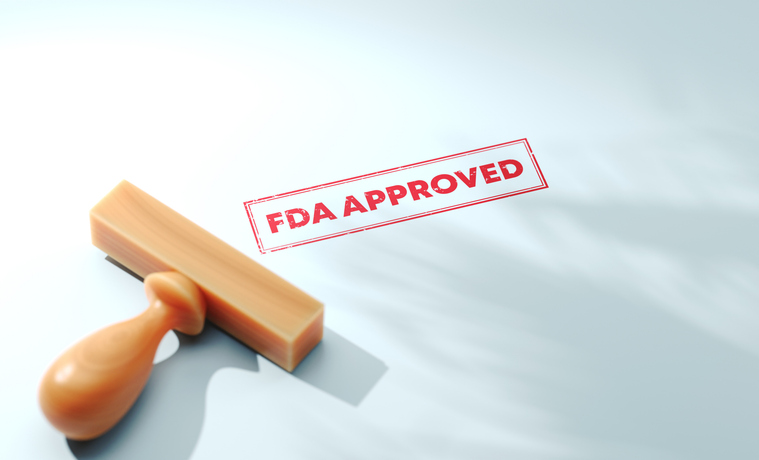
Coronary Artery Calcification Severity Is Associated with Rate of Adverse PCI Outcomes
A pooled analysis of randomized trials found that moderate to severe coronary artery calcification (CAC) is associated with greater rates of target lesion failure (TLF) after percutaneous coronary intervention (PCI). These findings were presented at the Transcatheter Cardiovascular Therapeutics (TCT) 2021 Annual Meeting.
“Post-PCI rates of all-cause mortality, cardiac death, myocardial infarction, repeat revascularization, and stent thrombosis are associated with more extensive CAC,” wrote the study authors. “However, the relationship between degree of CAC, clinical presentation, and long-term adverse events has not been extensively studied.”
The Risk of Amputation is High in PAD Patients
Peripheral arterial disease (PAD) patients face a high risk of limb amputation, according to the European Journal of Vascular and Endovascular Surgery.
The ultimate aim of this study was to assess the link between long term risk of hospitalization for heart failure (HHF) and lower extremity minor and major amputation (LEA) in patients initiating sodium glucose cotransporter 2 inhibitors (SGLT2i) suffering from type 2 diabetes and PAD.
According to the results, prior to the the EMA warning, initiation of SGLT2i was associated with a lower risk of HHF in patients with PAD (HR=0.85, 95% CI, 0.73-0.99) as well as a higher risk of LEA in patients without PAD (HR=1.79, 95% CI 1.04 – 2.92). After the EMA warning, the efficacy and safety endpoints were no longer statistically different between groups.
Knowing Your A-Fib Triggers Could Help You Avoid It: Study
People suffering from dangerous abnormal heart rhythms can take matters into their own hands and figure out what is triggering their episodes, researchers report.
Folks with atrial fibrillation (a-fib) were able to reduce their episodes of the irregular heartbeat by 40% by identifying and then avoiding the substances or activities that caused their heart to go herky-jerky, according to findings presented Sunday at the online annual meeting American Heart Association (AHA).
Overall, it turned out alcohol was the only trigger that was consistently associated with a-fib, although individual patients might be affected by less common triggers like dehydration or exercise.







 © 2025 Mashup Media, LLC, a Formedics Property. All Rights Reserved.
© 2025 Mashup Media, LLC, a Formedics Property. All Rights Reserved.